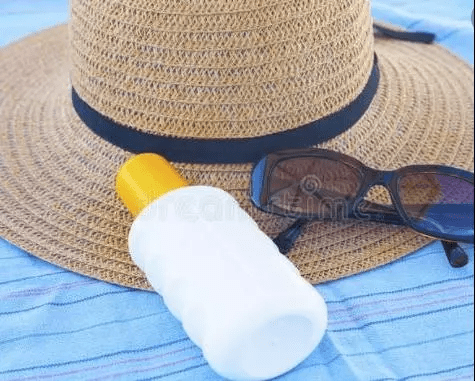We often talk about the important role exercise plays in living a healthy lifestyle. Staying active helps improve mood, sleep and brain function, and it can lower your risk of liver damage, heart disease and some cancers. While you’re working out, though, especially if you’re outside, remember to slip, slop and slap to keep your skin safe.
Here in New Zealand we have the world’s highest rates of melanoma, which accounts for almost 80 percent of all skin cancer deaths.
Anyone can develop skin cancer. Risk factors include:
• A previous history of skin cancer, especially melanoma
• Red, blonde or fair hair
• Having fair skin or a skin type that burns easily
• Skin damage due to sunburn
• Many (more than 50) or larger moles
• Sunburn at any age increases risk of melanoma in later life
• Anyone who has had high doses of sun exposure e.g. during a holiday or recreational activity
• Immuno-suppression and use of certain medications.
Note: If you want to identify your risk, ask your primary care practitioner to use the melanoma risk predictor tool available to primary care practices in New Zealand.
Know your skin
Melanomas can often be detected using the ABCDEFG system below.
• Asymmetrical: Is one half is different from the other half?
• Border irregularity: Are the edges poorly defined e.g.notched, uneven or blurred?
• Uneven colour: Are shades of brown, tan and black present? There may also be white, grey, red, pink or blue
• Different appearance: Does the mole look different from other spots, freckles or moles?
• Evolving: Has there been any change in growth? Is the mole new, elevated or painful?
• Firm: Is the mole firm to the touch?
• Growing: Most melanomas are larger than 6mm and will keep growing.
Note: Not all melanoma lesions show these characteristics, so if you’re in any doubt about a mole on your skin, please contact your primary health care provider for advice.
Protect your eyes
• Wear sunglasses year-round whenever you're out in the sun
• Choose shades that block 99-100 percent of UVA and UVB light
• Wear a hat with at least a 7.5cm brim and tightly woven fabric (no holes) to protect your face and the top of your head.



